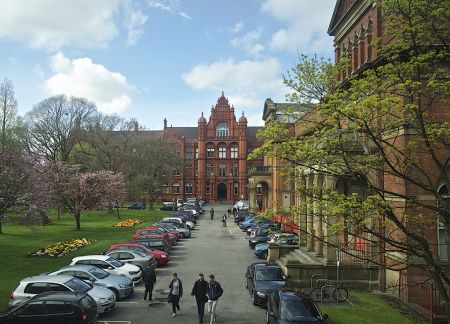
Experts to advise on environmental pollution in India
Monday 26 March 2018
VITAL research is underway to help to tackle alarming levels of arsenic in food and drink in parts of India and Bangladesh.
As many as 127 million people are exposed to water and rice that have concentrations of arsenic that exceed the World Health Organisation limit of 10 micrograms per litre, causing cancers,cardiovascular and liver diseases and diabetes.
A team from Salford, Manchester,Birmingham, the British Geological Survey and four institutes in India including the National Institute of Hydrology have received funding from NERC, the UK’s Natural Environment Research Council to find methods to better predict arsenic levels in water.
Priya Mondal, an environmental health chemist from the School of Environment and Life Sciences and a member of the team, said: “Arsenic has a huge impact on public health, causing as many as 15,000 annual premature deaths in India alone.”
Aquifers
The prevalence of naturally occurring arsenic in the Ganges basin is exacerbated because in recent decades much of population of Bangladesh and West Bengal has switched its water supply from surface water to groundwater, namely from aquifers - underground layers of water-bearing permeable rock, which are drilled to establish water wells.
It is known that aquifers are prone to high concentrations of arsenic as surface water sinks into the ground and picks up dissolved arsenic.
The three-year study, also funded by the Department of Science and Technology (India), aims to understand factors which influence arsenic levels in different types of aquifer and compare levels between aquifers which fill naturally and those which are filled under a managed process.
The team will investigate tectonic,geological, geo-morphological and climatic variables and produce a national risk assessment along with recommendations for the mitigation of human exposure.
Community-level
“We will be looking at health risks via strong participatory approaches with key stakeholders including end-users,”added Dr Mondal.
A number of techniques and technologies exist, some relatively straightforward, to remove arsenic from water, including, lime precipitation, oxidation and coagulation/filtration.
“This is a really prestigious grant and we will be working with some of the leading experts in the world including our colleagues at the University of Manchester who are leading the study.”
Find out more
Gareth Hollyman, Senior Press & PR Officer (Science)
0161 295 6895 g.b.hollyman@salford.ac.uk





